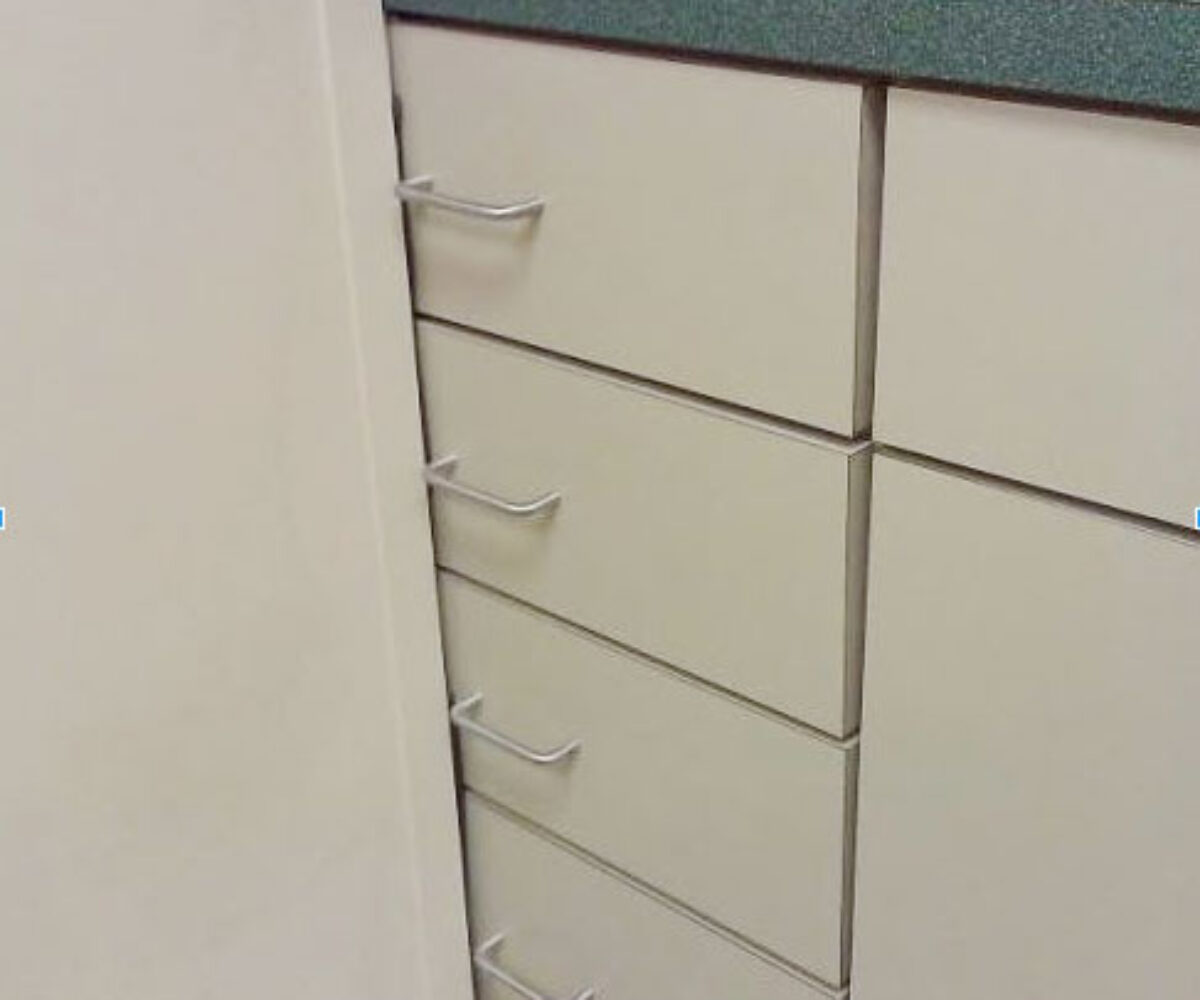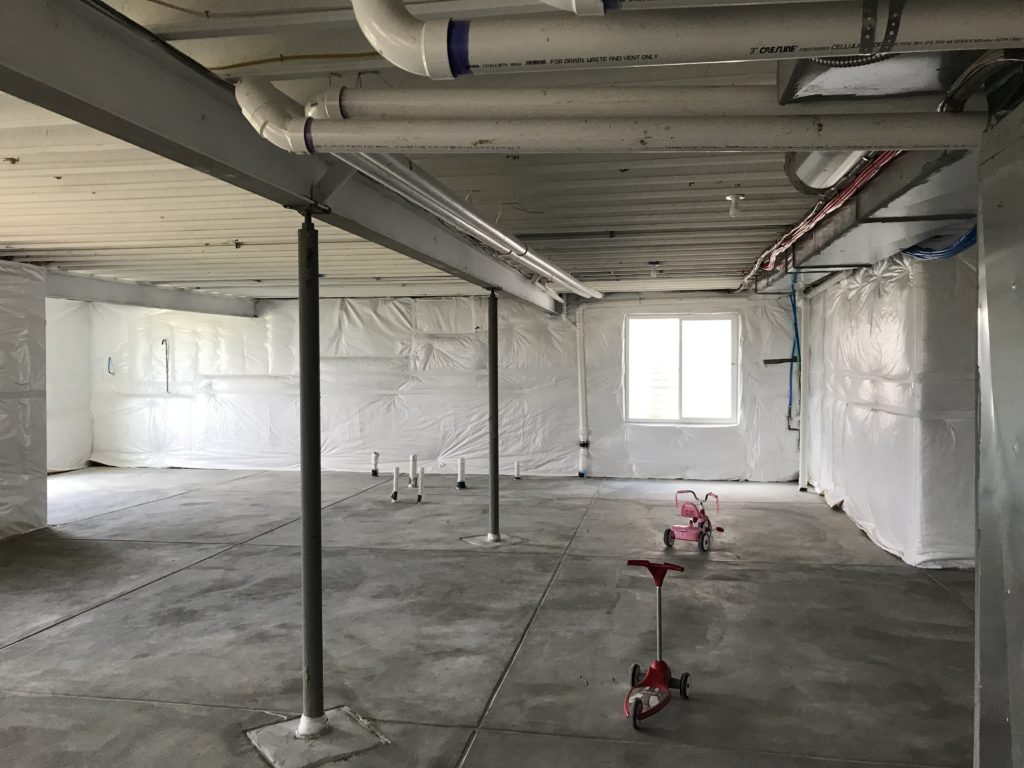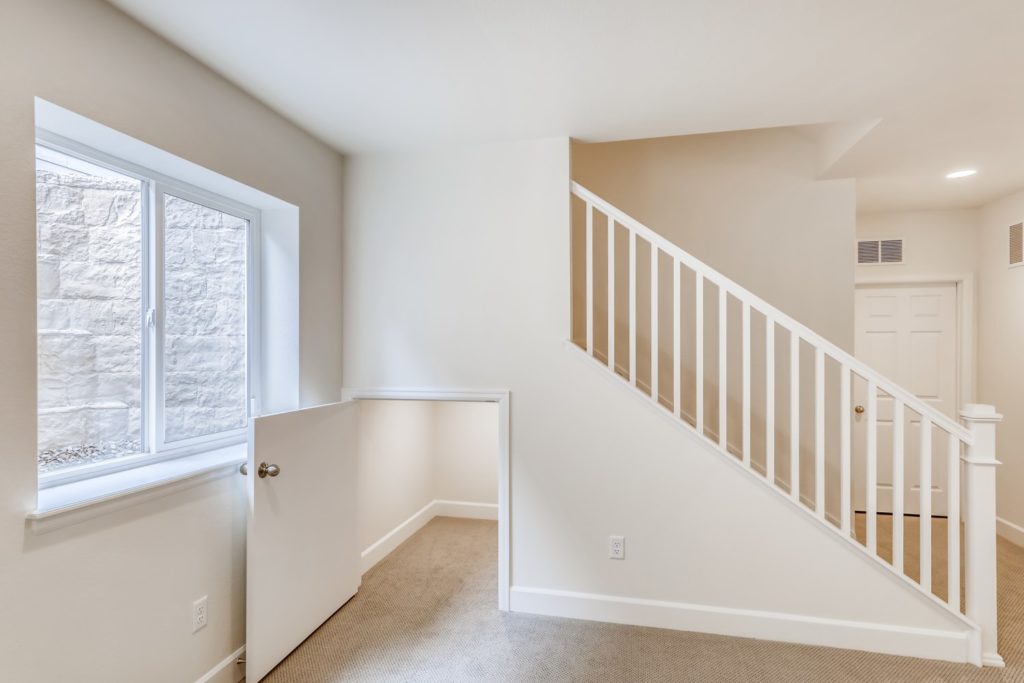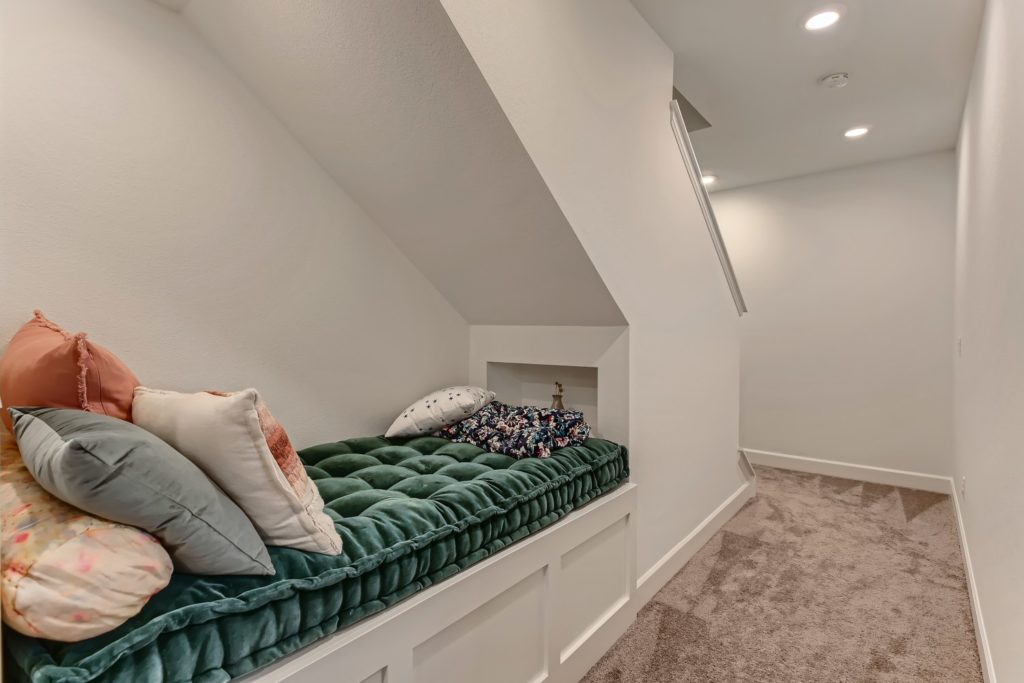5 Basement Layout Mistakes You Don’t Want to Make
We’ve all stopped at open houses on any given weekend, curious to see how a local home compares in value to our own. It’s interesting to see how properties are staged (or not), and sometimes you come away with an idea or two to try in your own home. But inevitably, you come across the house with a room or addition that you just know was someone’s well-intentioned weekend project—a project that doesn’t look like one endorsed by The Property Brothers.
When it comes to basement finishing, the last thing you want is to end up with a remodel that looks haphazard and homemade. One significant factor linked to a professional basement finish lies in carefully planning the layout before beginning the work. Sometimes, knowing what not to do is the best place to start in the design process.
Consider Existing Factors
Where and how many windows are in the basement, and do they have egress access? This affects not only the amount of available light in the basement, but also determines the quantity, location, and feasibility of possible bedrooms. Where is the all-important water-main valve shut-off, the sump pit (if your basement has one), and electrical panel located? These essential components must be kept easily accessible when working them into the overall basement design. And what about those pesky I-beams and supports? Yes—the ones that are bearing the weight of your entire house and holding together the structural integrity of your home—those ones. As they cannot be removed or even moved to a different location, you’ll have to work your layout around them. Sometimes they can be worked into the framing of a doorway or wall; sometimes they become decorative, yet functional pillars.
Appraise Stairway Access
As part of the basement design process make an assessment of the existing staircase leading into the basement. You want the staircase to look like a natural part of the basement, and not like a tunnel connecting the upper story of the home to the lower. Since you’re going to have a messy construction project underway in the basement anyway, now is the perfect time to decide whether or not alterations would benefit the staircase. For example, if you live in an older home, the staircase may be a bit narrow and may be considerably improved by being widened. Even if your home is newer, you may want to consider opening up the lower half of the basement staircase and framing in a half-wall, which will lend a feeling of spaciousness to both the stairwell and the basement. Take it a step further with an open stair rail in lieu of the half wall. While the cost exceeds that of the open wall, the look ties the main floor to the basement (assuming there is a staircase on the main floor of the home). Don’t neglect the space under the stairs! At the very least it can be finished and used for storage; if you want to get more creative, build in an inviting play space or reading nook.
Examine Electrical Layout
Recessed can lighting with LED bulbs works well in a basement setting, given its low profile and high output. By choosing to install a dimmer switch on each circuit of can lights you’ll have the option to flood the room with bright light for a game gathering, or tone it down for movie night. You’ll need an electrician to determine whether or not an additional electrical subpanel will be required to be installed to handle the increased load resulting from the new finished square footage. And don’t forget about low-volt electrical options like surround-sound wiring and TV/data ports. Determining electrical placement of outlets, lighting, speakers, switches, and fixtures proves much easier to do in the design phase—prior to drywall installation.
Rethink Traditional Basement Options
Just because every finished basement photo Google shows you has a tricked-out wet bar and theater room doesn’t mean that yours has to include one, too. While there’s merit in considering resale value when planning your basement finish, remember—you’re doing this project for YOU, not for some future, unknown owner of your home. If entertaining isn’t your thing, maybe you should skip the wet bar and opt for a workout room or a hobby space instead. Picture yourself living in the space, and imagine how YOU want to use it.
Don’t Forget Storage!
When designing your new basement, it’s natural to want to make the most of every square inch of space. After all, isn’t that why you’re finishing it in the first place—to give yourself more livable area? True, but don’t neglect to leave space for storage. Your beautiful new basement will begin to feel cramped and messy if it is soon piled high with homeless suitcases, holiday tote bins, and out-of-season sports equipment.
If the thought of finished basement layout and design overwhelms you, or if you just want help narrowing your focus as you begin planning, give us a call! With over 40 years’ experience in the construction industry, Sheffield Homes offers the knowledge, reliability, expertise, and accountability you need in a contractor. If you’re looking to finish a basement in the Denver metro area or in northern Colorado, call to schedule a no-obligation consultation: 303-420-0056.







